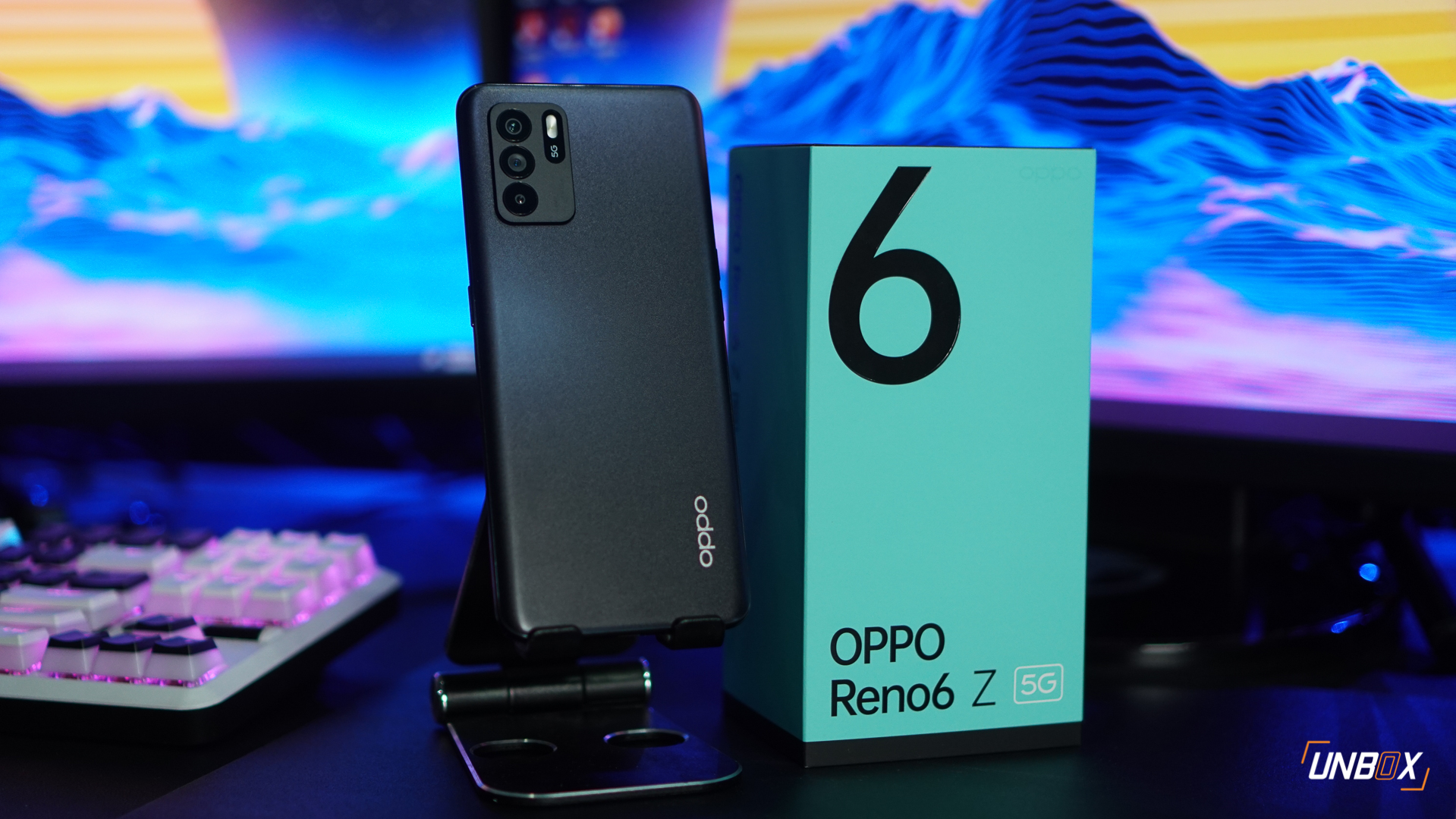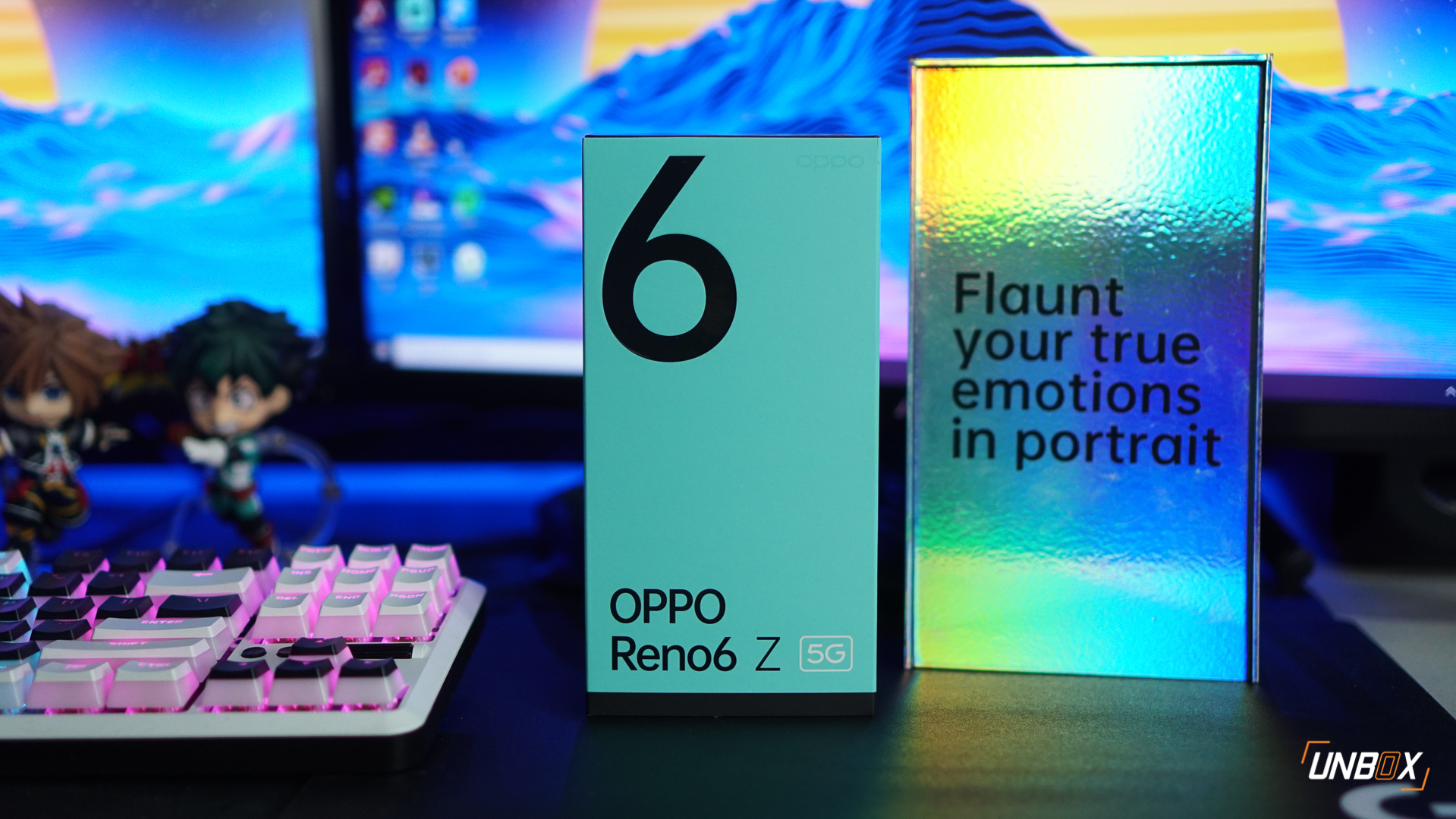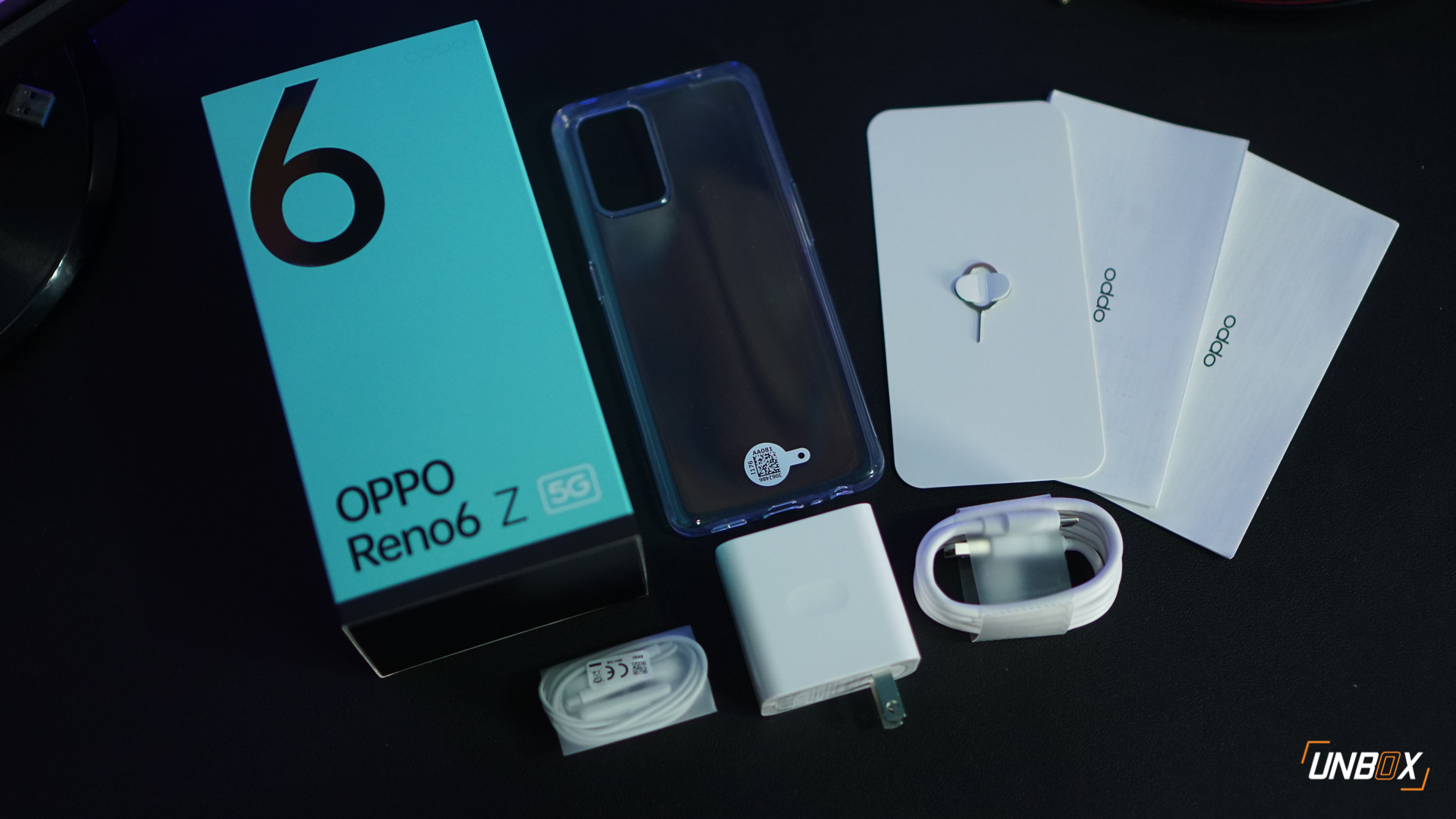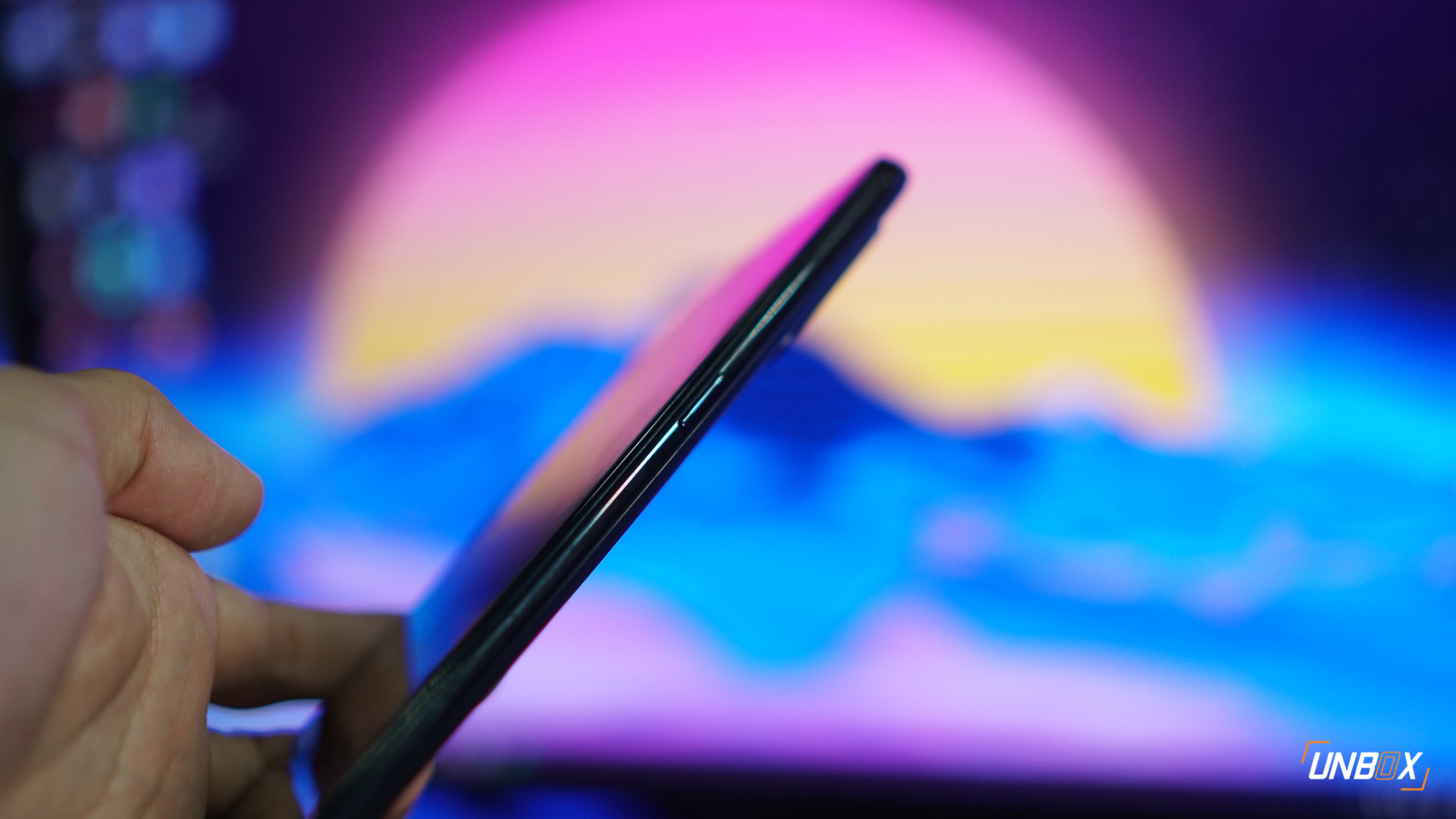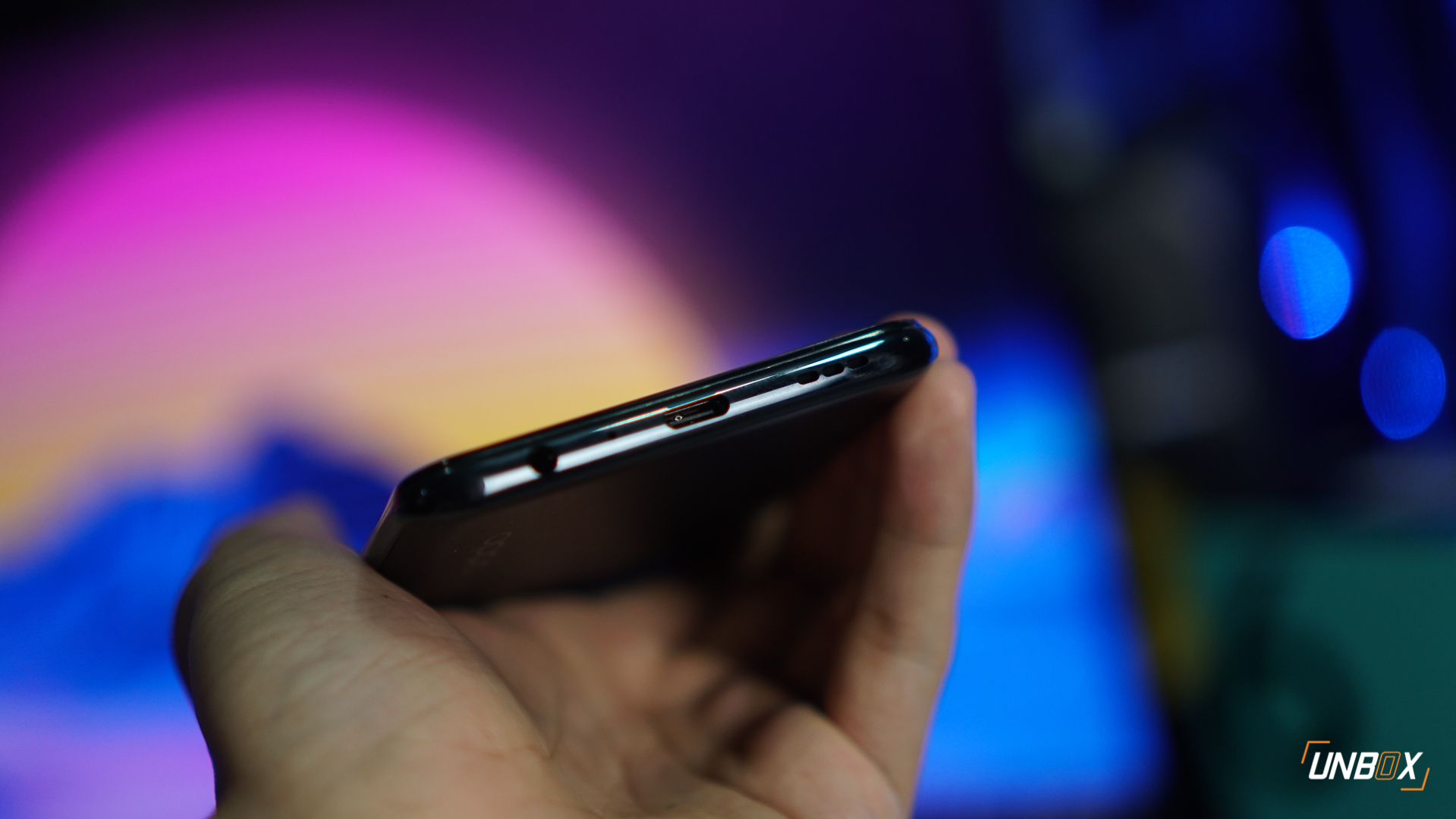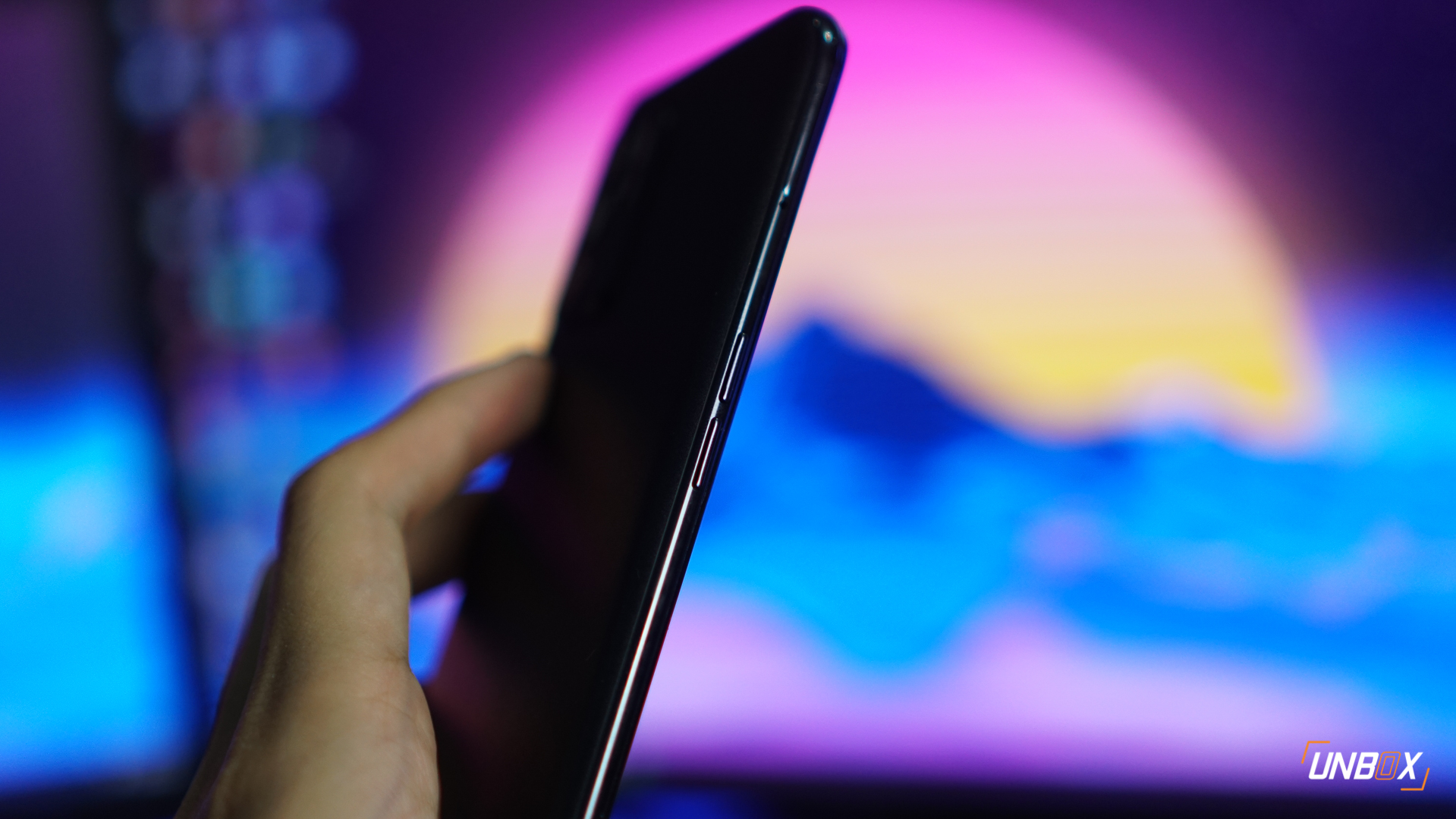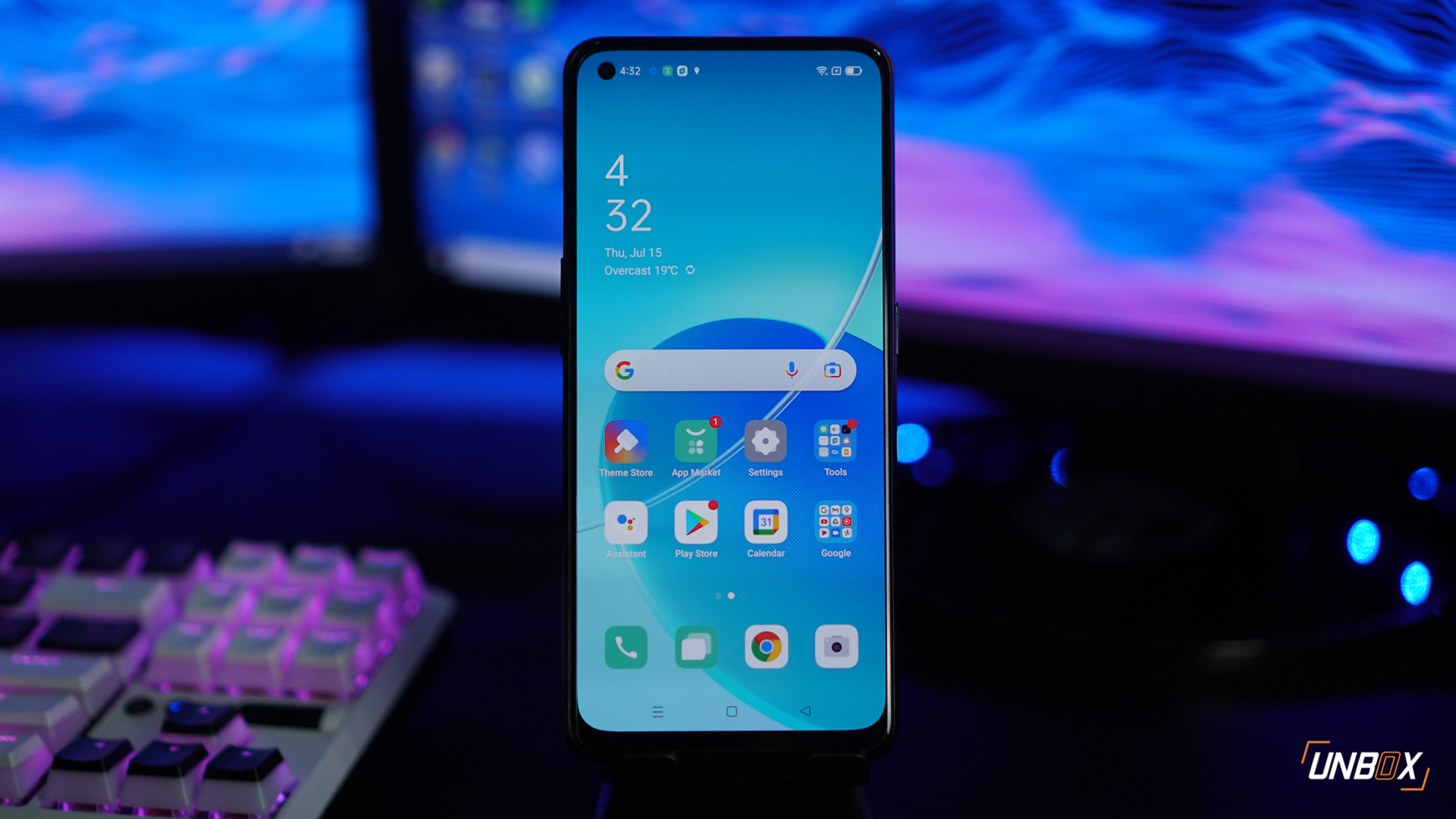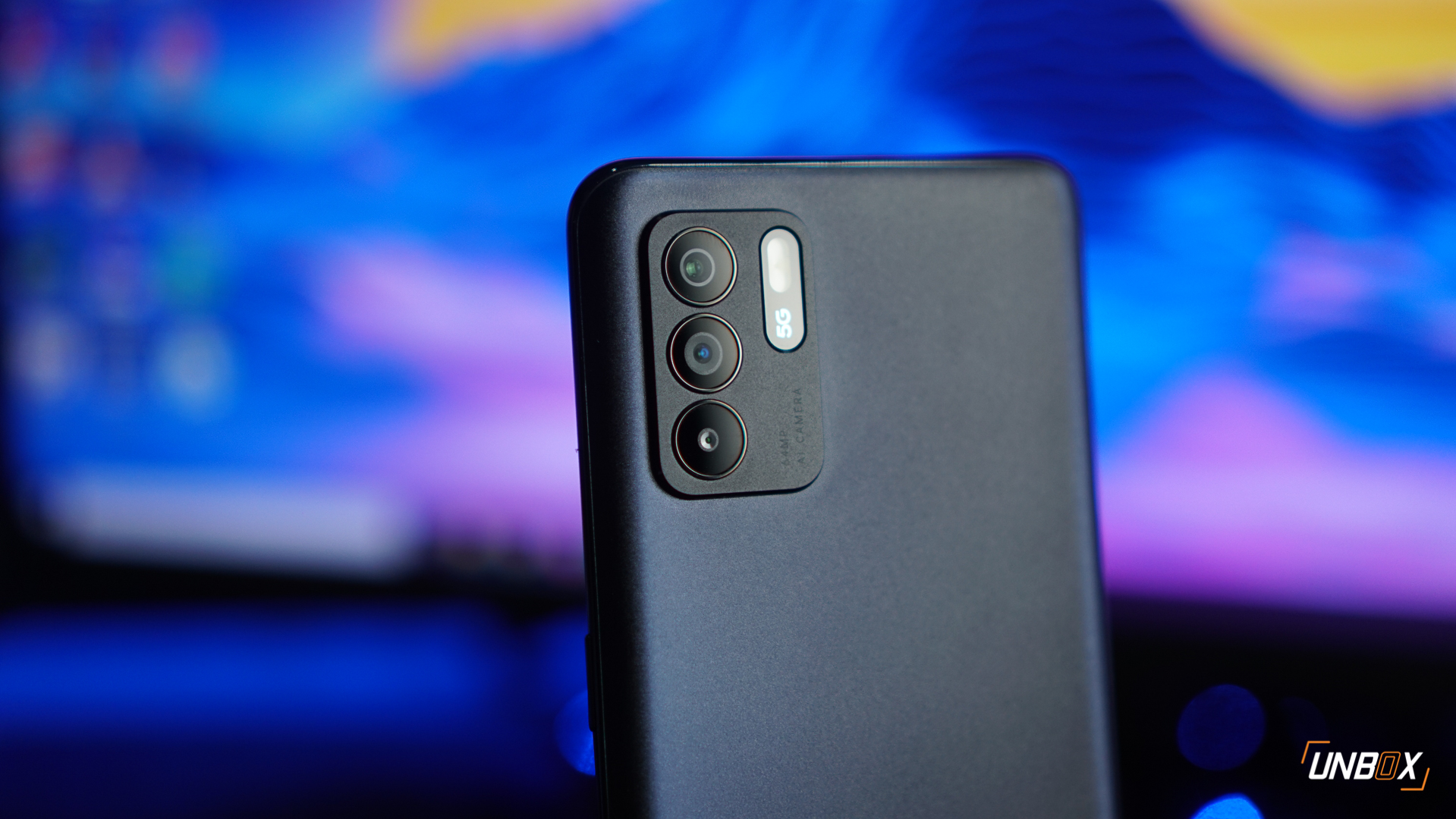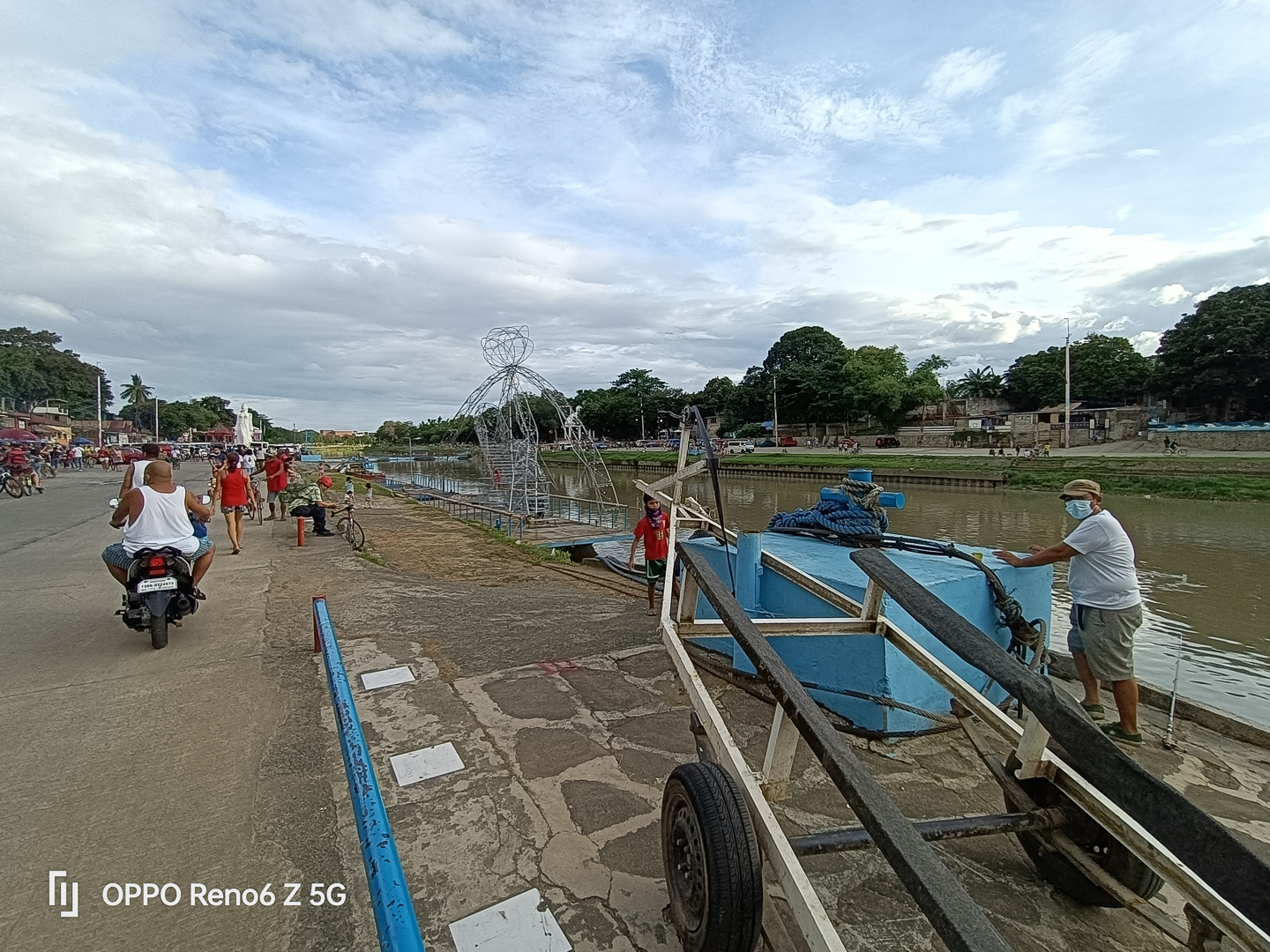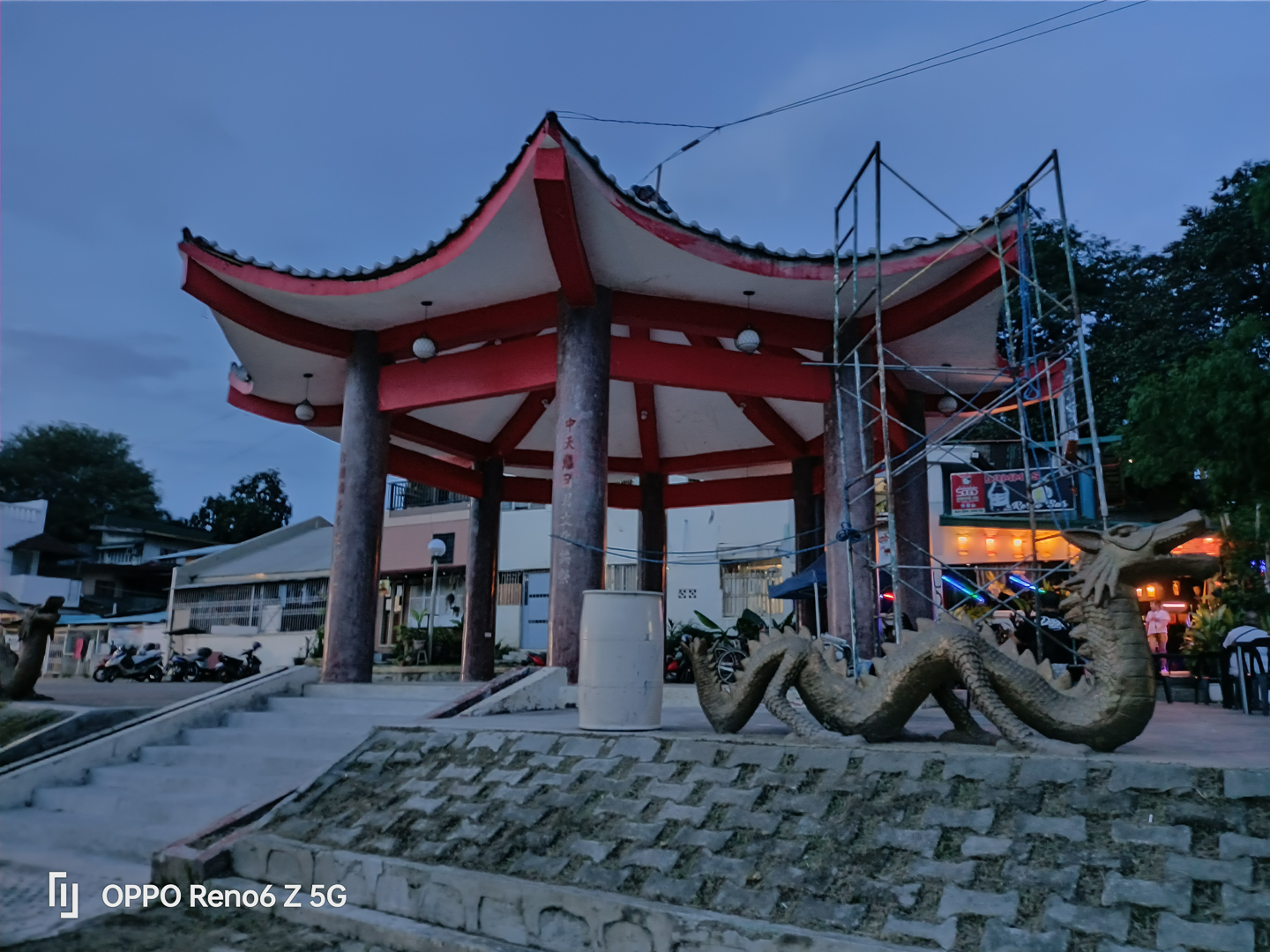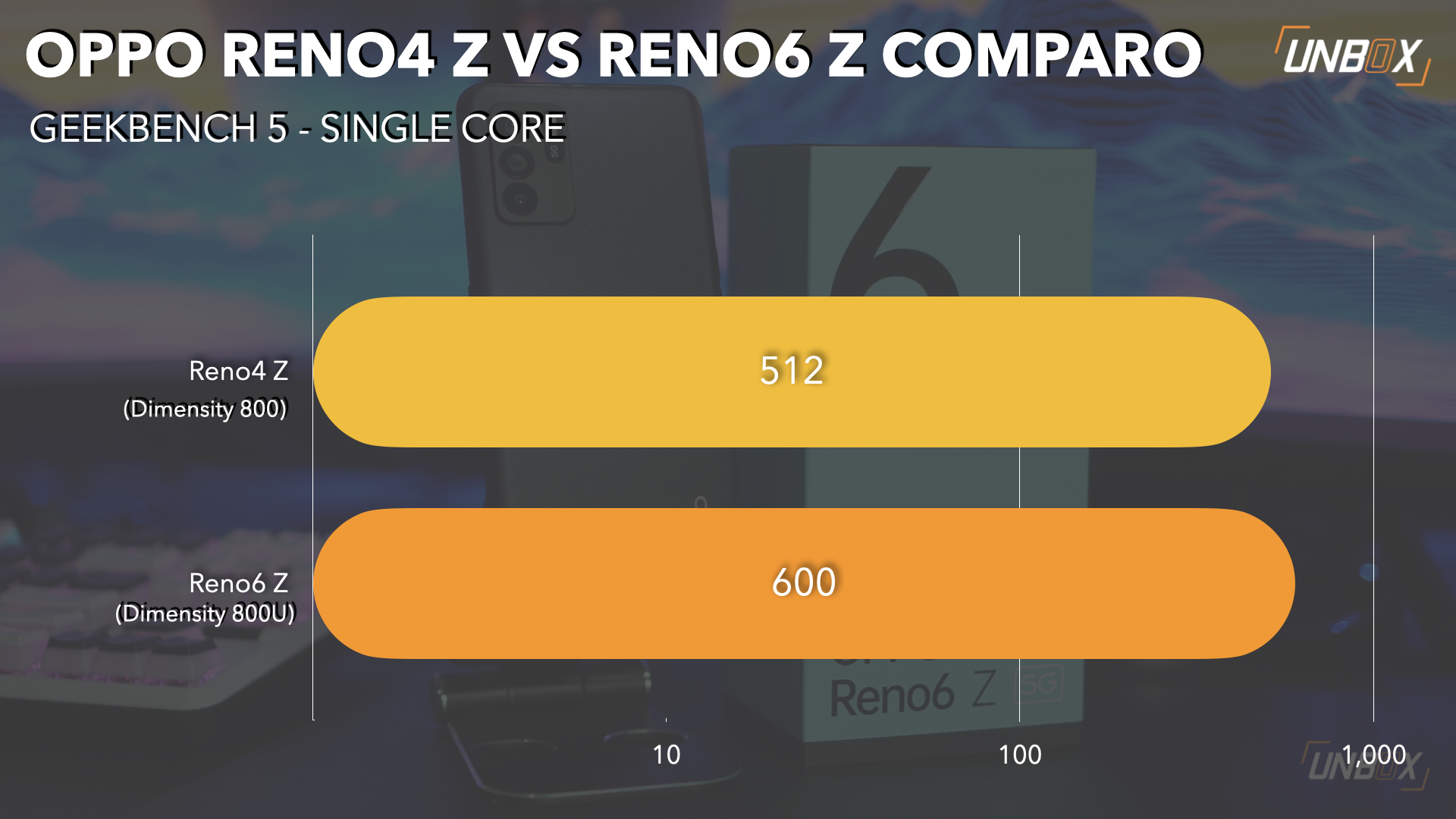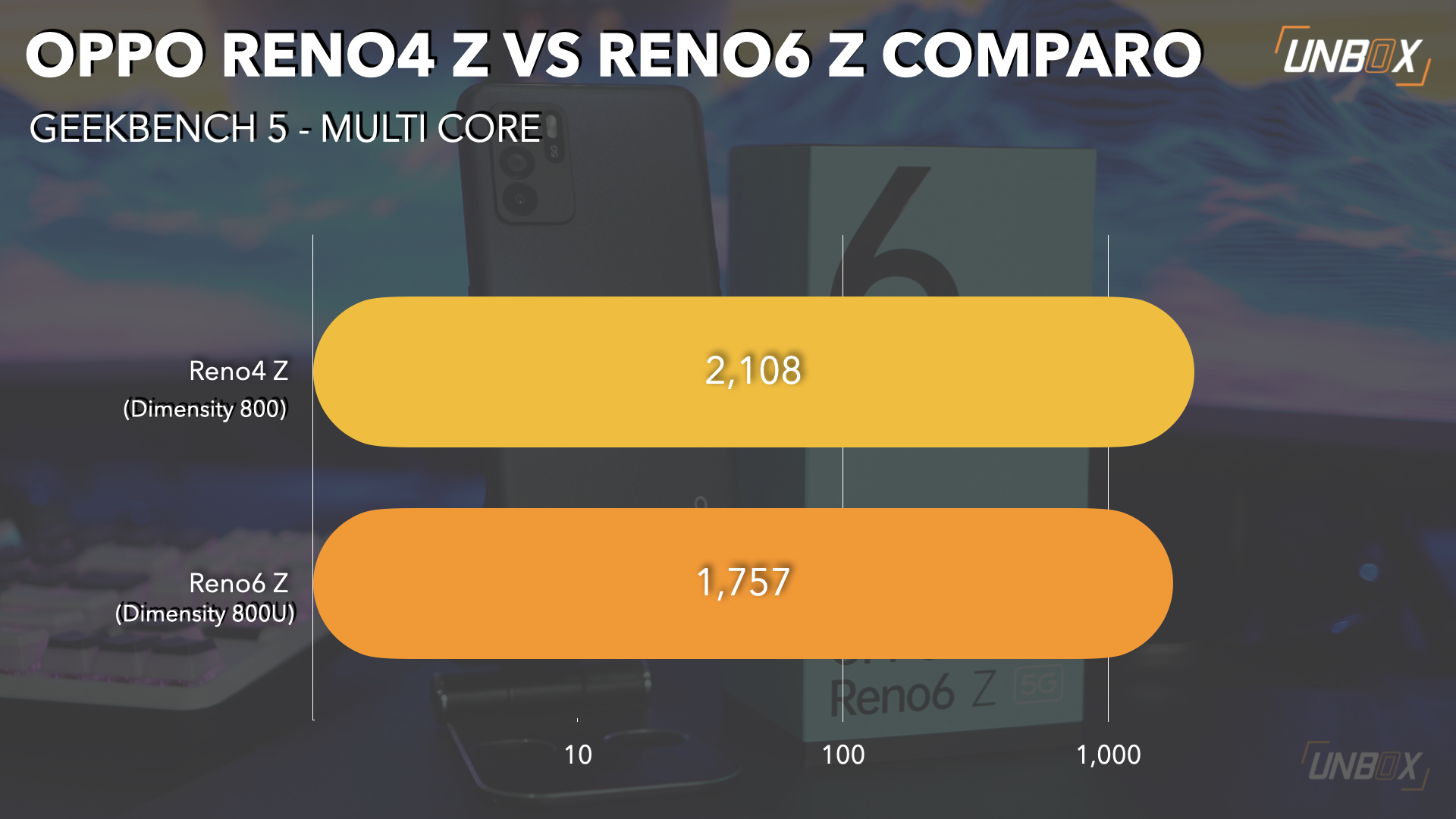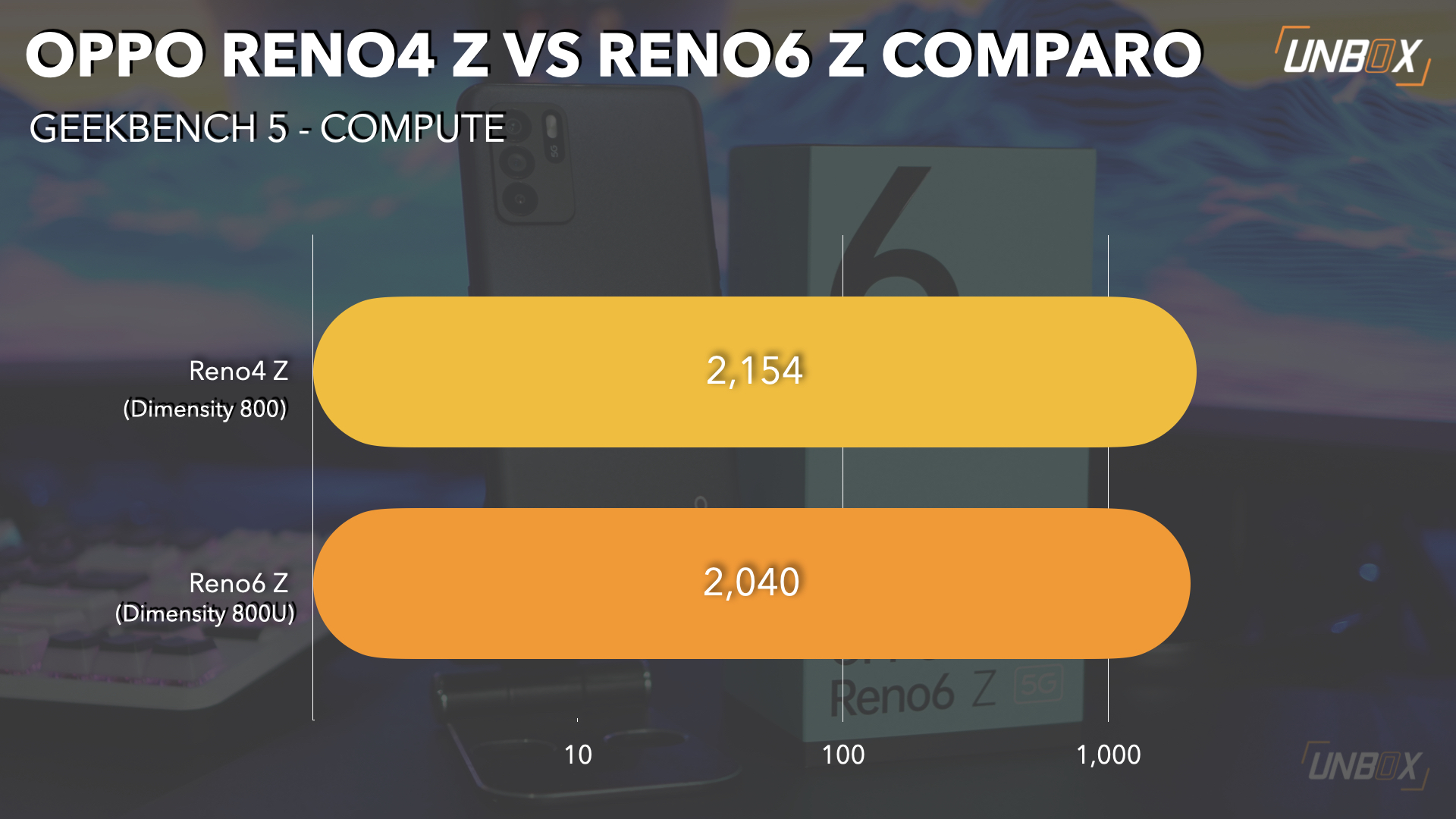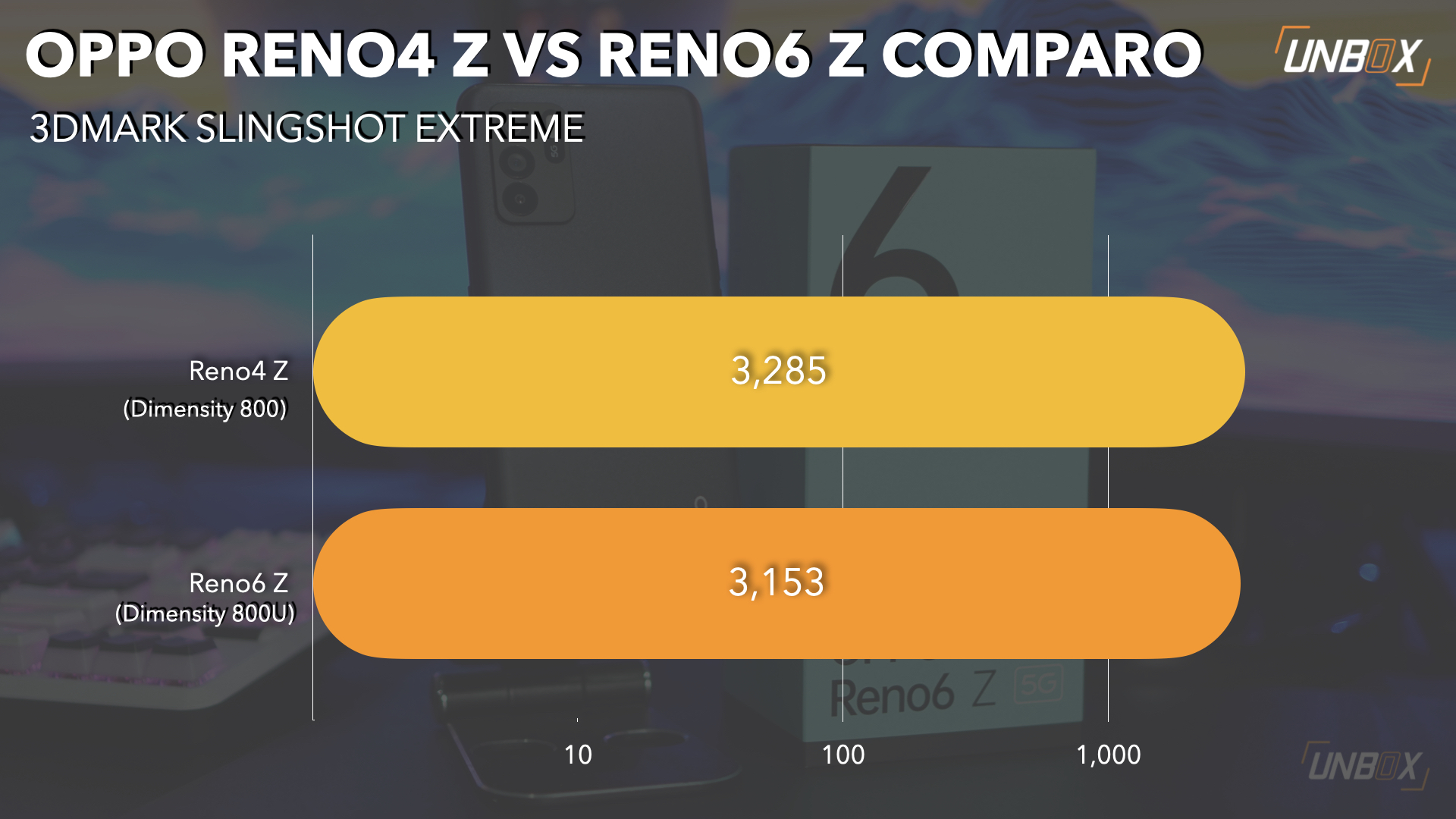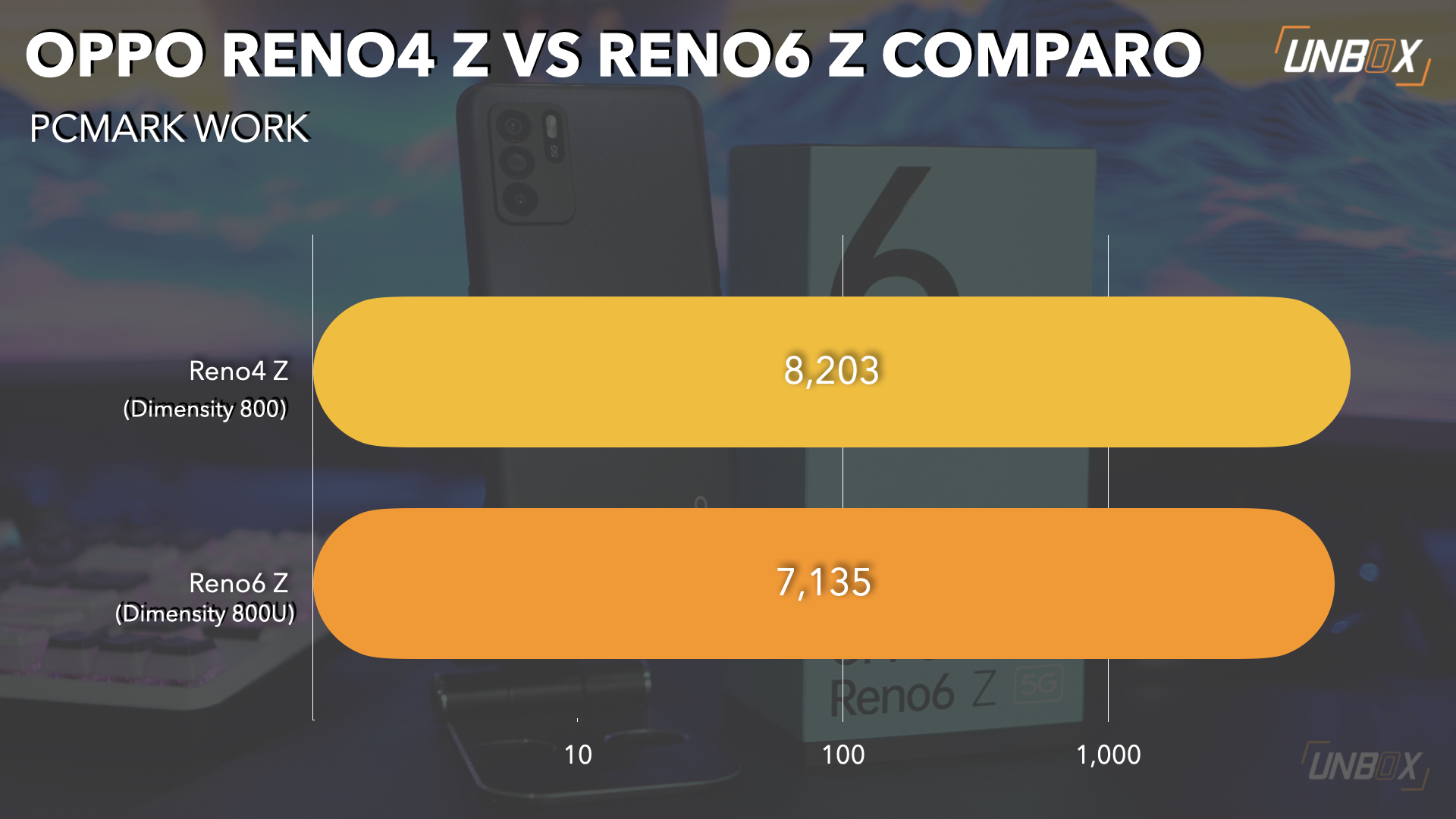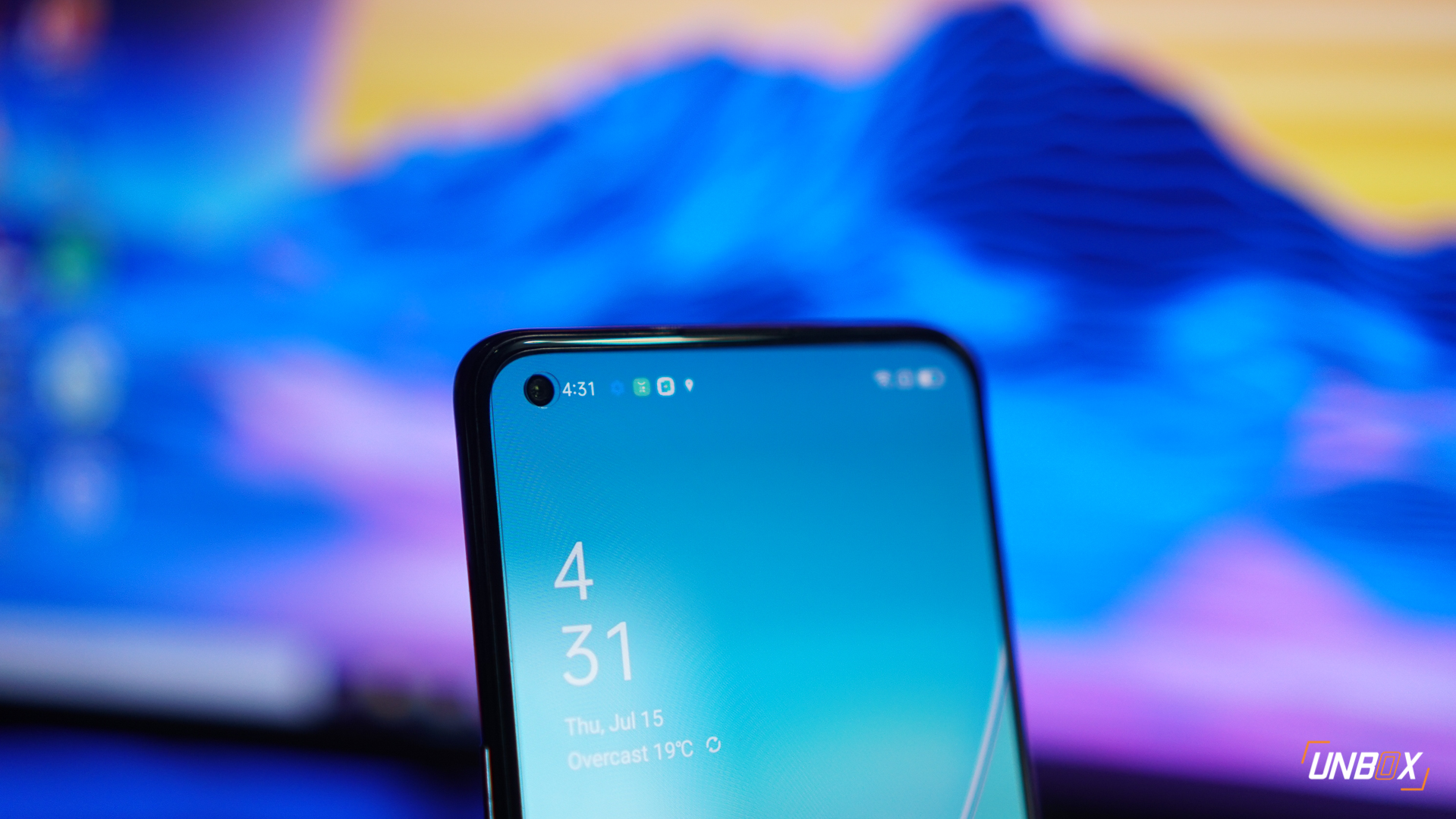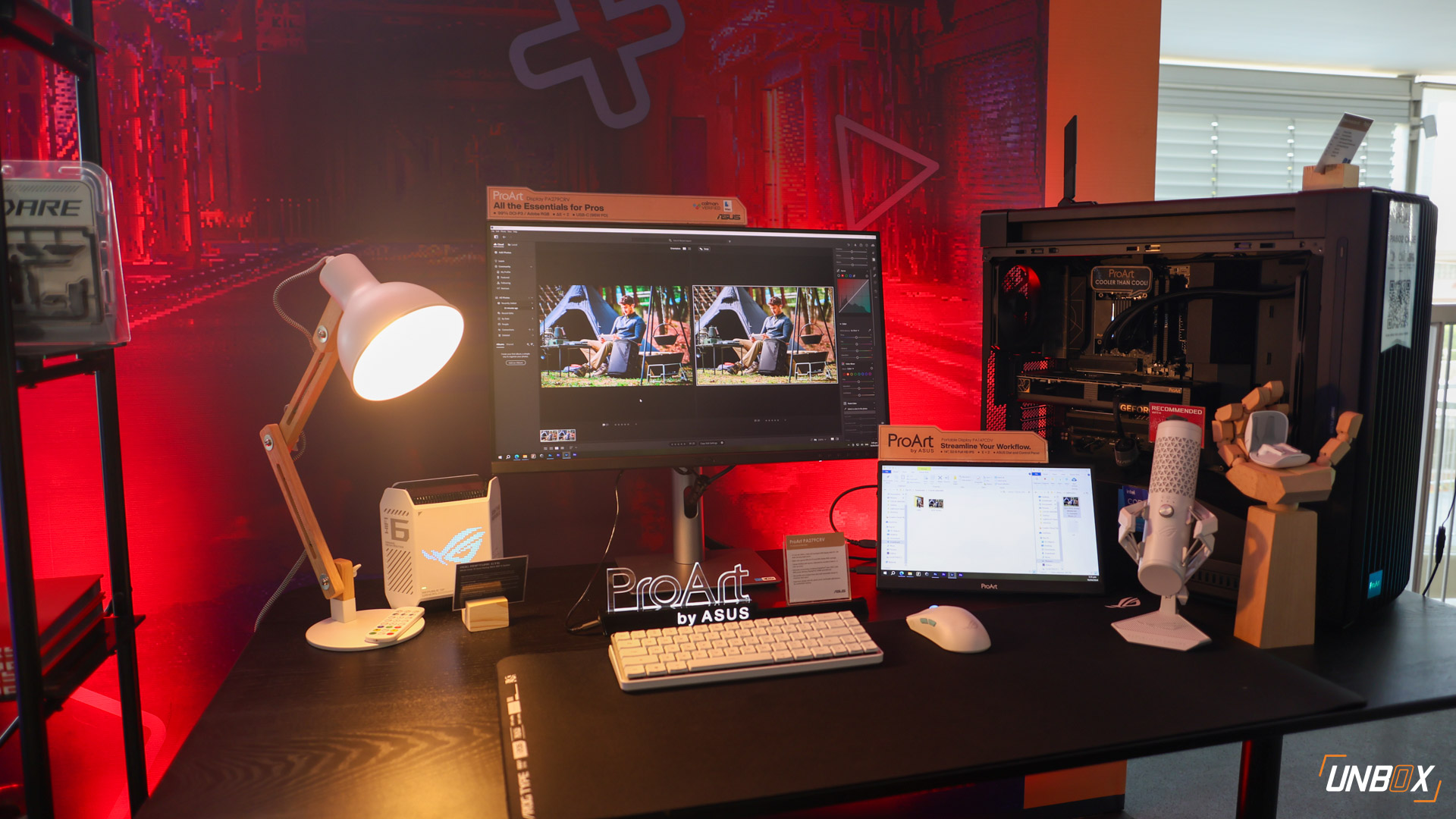Initial verdict: Ahead of its official launch in the Philippines, our unboxing of the OPPO Reno6 Z is shaping to be a fitting successor to the Reno4 Z. Aside from a different processor, bigger battery, and faster-charging speeds, the Reno6 Z has a cleaner design and a nicer AMOLED panel–even if it comes at the cost of a slower refresh rate.
Pros:
- Consistent camera performance with main and ultra-wide cameras
- AMOLED display
Cons:
- Stuck at 60Hz refresh rates
- Processor of choice is debatable
OPPO Reno6 Z Philippines Specs
- Dimensity 800U Processor
- 8GB RAM
- 128GB Storage
- 6.4-inch Super AMOLED Display
- 64-megapixel f/1.7 main camera with PDAF, 8-megapixel, f/2.2 Ultra-wide-angle camera, 2-megapixel, f/2.4 macro camera
- 32-megapixel f/2.4 wide-angle selfie camera
- 4G, LTE, 5G
- WiFi, Bluetooth 5.1, in-display optical fingerprint scanner
- 4310 mAh battery
- 30w fast charging
- Android 11, ColorOS 11
It is that time of the year again as OPPO unveils its latest Reno6 series in the Philippines. Unlike the Reno4, OPPO is making the Reno6 Z official together with the vanilla Reno6 rather than making separate events. Before the Reno6 Z officially becomes available in the Philippines, we did our usual unboxing and give our first impressions:
Unboxing and Packaging contents
Compared to the packaging of the Reno4 Z, the Reno6 Z has a more straightforward design, with the box decked in teal. A large number 6 is blazoned on the outer sleeve of the box, with the name of the phone written in a smaller text at the bottom.
You get the same accessories with the Reno6 Z as with the Reno4 Z: the phone itself, documentation, USB-C cable, silicone case, earphones, and a 30w VOOC charger.
Design
OPPO sent us the Reno6 Z in Stellar Black, which has this nice matte finish that is resistant to fingerprints. Unlike its predecessor, the Reno6 Z looks much closer to its Reno siblings (the Reno4 Z is actually a rebranded A92s in China). While it does not have that boxy, straight-edged frame found on the Reno6, the Reno6 Z has rounded curves.
The Reno6 Z has the same button and port layout as the Reno4 Z: power button on the right side, volume controls on the left side, and USB-C port, loudspeaker, and headphone jack at the bottom. There’s no fingerprint scanner embedded on the power button since the Reno6 Z shifts to an in-display solution.
Display
Compared to the Reno4 Z, you get a slightly smaller display on the Reno6 Z, along with a simpler (and less distracting) punch-hole for the 32-megapixel selfie snapper. Instead of offering a high refresh rate, the Reno6 Z sticks to the conventional 60hz refresh rate BUT uses an AMOLED panel instead. Like we have said countless times, we do prefer an AMOLED display over an IPS panel–better colors, black levels, and contrast is better than getting a faster refresh rate.
Cameras
Like with the selfie cameras, the Reno6 Z settles for a simpler triple rear camera setup, dropping the depth sensor. We’re fine with that, as 2-megapixel cameras usually found on smartphones are stat stuffers and do not really do much. You still get the same 2-megapixel macro camera and 8-megapixel ultra-wide-angle camera, and the main camera gets upgraded to a 64-megapixel snapper.
Like with our experience with the Reno6 Z, we appreciate how the ultra-wide-angle camera’s performance is consistent with the main camera despite the megapixel limitations. Comparing them side-by-side, the color accuracy and exposure of the photos shot using the ultra-wide-angle camera are close to those shot using the main camera.
The same can be said for the 32-megapixel selfie snapper, as the Reno6 Z did took great selfies. You get a variety of features like Bokeh Flare and Portrait Mode to further amp up your selfies.
Again, these are our impressions upon using the Reno6 Z for a few days, so wait for our final verdict in our full review.
Internals
Despite having the same RAM and storage configuration at 8GB and 128GB respectively, the Reno6 Z gets slightly different with a Dimensity 800U processor. Compared to the Dimensity 800 used on the Reno4 Z, the Dimensity 800U goes for a 2/6 core configuration instead of a 4/4 configuration, with the 2 cores clocked at 2.4Ghz.
Because of the different CPU core configurations, the Reno6 Z performs better than the Reno4 Z in single-core speeds, while the Reno4 Z trumps the Reno6 Z for the rest of our synthetic benchmarks. This can be best explained as the Dimensity 800 uses four Cortex-A76 cores and four Cortex-A55 cores, while the Dimensity 800U uses two Cortex-A76 cores and six Cortex-A55 cores. We will have to do our usual set of tests to see if the difference plays a big factor in the overall performance of the Reno6 Z compared to the Reno4 Z.
Because of the slight change in the processing package, the Reno6 Z should be more power efficient on paper–on top of having a bigger 4310mAh battery and support for 30w VOOC charging. We will have to do our video loop test to see if the Reno6 Z does deliver a vastly better battery life.
Wrap up and early verdict
Our unboxing of the OPPO Reno6 Z ahead of its launch in the Philippines shows that it is a worthy upgrade over the Reno4 Z. While the Dimensity 800U’s performance in synthetic benchmarks is debatable, the Reno6 Z gets a cleaner design and a much-wanted AMOLED display that is better than an IPS panel–even if it means sticking to a 60hz refresh rate.
OPPO Reno6 Z Unboxing Philippines Price
We still do not know the official price of the Reno6 Z as of this writing, so make sure to stay tuned to the site for the latest updates.


